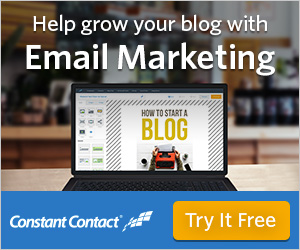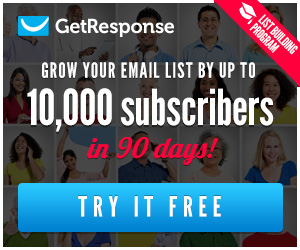Nearly 70 percent of businesses engage in some form of email marketing despite the influx of newer marketing channels like social media, mobile applications, and push notifications. If you’re on the fence with using email marketing for your business, keep reading.
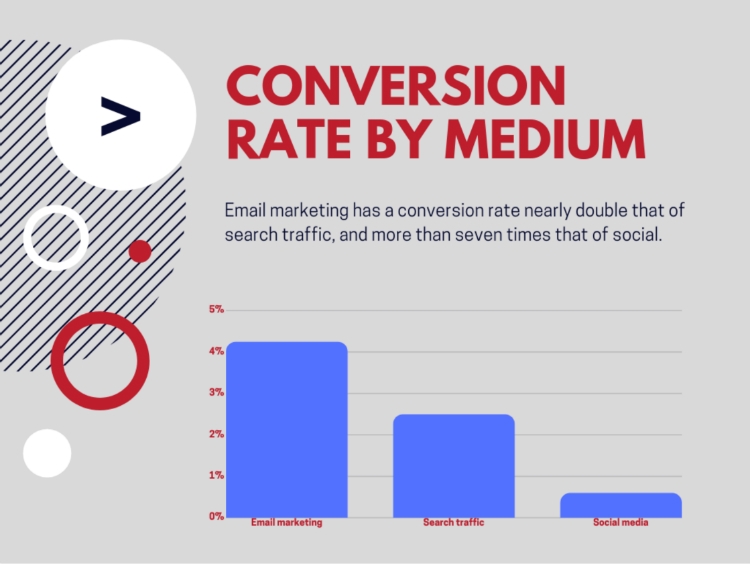
This article discusses the importance of email marketing in many aspects of your business, from obtaining leads, engaging your current customers, and increasing your revenue.
- Marketing emails are commercial messages that are sent to a group of people.
- It has many purposes, from welcoming subscribers to confirming orders/purchases, informing customers about sales, discounts and promos, broadcasting company updates, etc.
- With more than 4 billion email accounts, businesses are more successful at reaching customers through email than social media.
- When done right, email marketing can be the best way to engage your customers and raise your revenues.
Maybe you have tried email marketing a couple of times in the past. Or maybe you haven’t and you’re curious to know if it’s effective or not.
Maybe you’ve heard things like “email marketing is dead” and you’re afraid that you could be investing time and money on something that won’t work.
Maybe you’re using a mix of online marketing strategies, including social media, pay-per-click, and content marketing but you’re not getting the results you want and you’re thinking of incorporating email in your strategies.
At whatever point you are now in your business, you should give email marketing a try.
Why?
Everybody has an email account.
Let’s start with the most basic reason – everybody has at least one email address. You probably have two or three. Maybe more. In 2018, it was reported that the average person has at least 1.75 email accounts. One major reason for this is that most people have a separate email for work and personal use.
Over 293 billion emails are sent each day, worldwide.
There are 5.59 billion active email accounts, worldwide – 1.5 billion of which are hosted by Gmail.

In the U.S., nearly 76% of adults are email users.
What do all these figures suggest?
It makes sense to communicate with people via email. And here’s even greater news: people will continue to use emails. With nearly all websites and online applications asking for an email address upon sign-up, there won’t be a decline in the number of email users.
Email is the best way to communicate with your audience and core customers.
Because most people (including your customers) likely have an email account, it remains to be the best platform for communicating.
Aside from this fact, email is very convenient to use. You can create one email and send it out to hundreds or thousands of people.
Emails are sent real-time and can be adjusted or scheduled depending on the recipient’s time zone. If you are using an all-in-one marketing platform, sending marketing emails is as easy as 1, 2, and 3.
So what forms of communication can email be used for?
Welcoming new customers and subscribers

The most common use of email in marketing is for welcoming subscribers. Imagine for a second you made a new friend, it’s just proper to introduce yourself, right?
But “welcome emails” serve more than this purpose.
Sending a series of welcoming emails helps potential customers build familiarity over your business. You don’t just introduce your business, you also take the opportunity to showcase your brand and gain their trust.
Welcome emails can also be a tool for data acquisition, which is very important for sending targeted or personalized email campaigns (we’ll talk more about this in detail later). For example, you can encourage your subscribers for some information like their interests, types of content they want to hear about, birthday, etc. Just as you are giving your customers a chance to know more about your business, you also have the chance to get to know them.

Furthermore, welcome emails get the highest open rates and click-throughs and generate more revenue.
Standard promotional campaigns – marketing emails are – well – intended for brand promotions. Whether you are having a big sale or releasing a new product, promoting via email is easy. Many marketers use different techniques to make their promotional campaigns more interesting for their target audience. These include adding humor, leaving customers curious, provoking emotion, using images, colors, and sounds that capture attention, and giving a free product.
Seasonal Campaigns
Holiday sales account for 20% of all retail sales. Sending seasonal campaigns (which include discounts, free products upon purchase, free shipping, etc.) is a great strategy for marketers and businesses looking to reach more customers. These types of emails can have a build-up before the event and a follow-up after. Starting the campaign early, instilling a sense of urgency, and using colors and graphics that match the holiday or event, are among the best practices for sending seasonal campaigns.
Post-purchase drip emails
These are emails sent as a follow-up to a purchase. Many marketers make use of series emails to excite customers and attempt to influence their buying decisions. Post-purchase drip emails could contain helpful articles giving tips and advice, and other relevant content. Keep in mind you can always use drip email campaign software for this purpose.
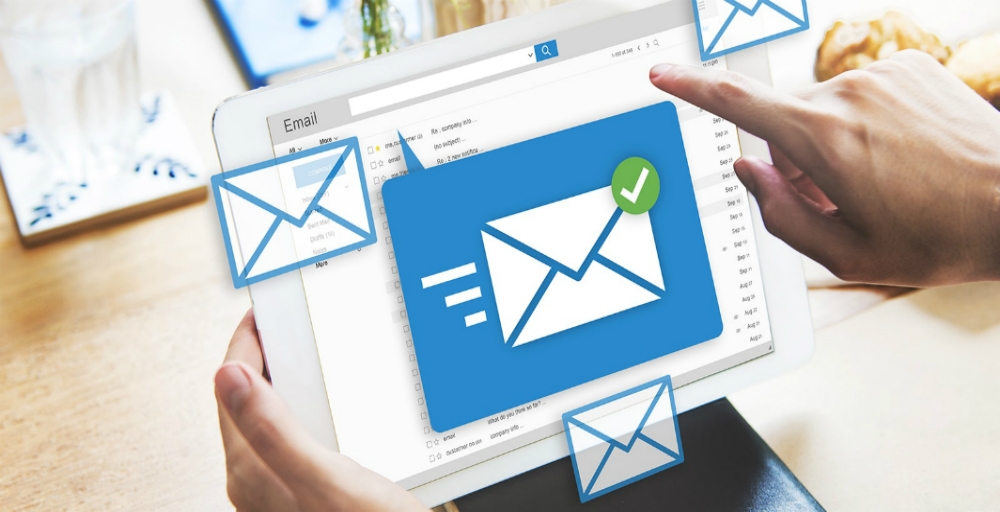
Social campaigns
Email and social media marketing are a perfect pair. Marketers use social media to increase their subscribers. At the same time, they use email to share social media contents.
Newsletters
These are perhaps the most popular and most utilized type of email campaign. Newsletters are email campaigns sent regularly to subscribers. They can contain anything from promotions to updates, and interesting content (articles, news, videos, etc.) designed to either inform, educate, or entertain. Newsletters have many benefits to a business. It helps you establish brand loyalty and promote your business through quality content.
Email marketing costs less.
Despite having a profound impact on your business, email marketing is one of the cheapest forms of digital marketing.
Many marketers think that social media marketing is cheaper as you can get started for free. However, over time, you realize that to increase your conversions, you need to buy credits or sponsor your post – a cycle that could cost you thousands of dollars.
On average, mid-sized businesses spend anywhere from $9-$1,000 on email marketing if they self-manage their campaigns.
Research shows that for every dollar spent on email marketing, the average ROI is $44. That’s a whopping 4,400% ROI.
There are a number of factors that affect the cost of email marketing, such as:
- Quality of current email list. If your list is full of inactive subscribers, you need to clean it up or else – your reputation will suffer. The cost of email verifications can range anywhere from $250 to $2,500.
- The complexity of email design. The more complex your design, the more you will pay.
- Frequency of campaigns. The more emails you send, the more you will pay. Ensuring that your list contains only valid and active subscribers should provide more value to your money.
- Third-party services. The cost of working with an email marketing agency is between $300-$900. Using a marketing platform like Adrack can save you money because it helps you build powerful, efficient campaigns in multiple channels.
Email marketing promotes brand awareness better than social media.
It takes a certain level of commitment for a customer to sign up for an email subscription as opposed to simply clicking the “like” button on social media. Thus, by looking at your list, you can already have a sense of how well people know your brand and whether you are communicating with the right audience.
Another major benefit of email marketing is that it inspires action. Email has been shown to generate the most response from call-to-actions (CTAs), whether you want your subscribers to call or visit your website, check out your products, or share your content.
Here are the reasons why email marketing promotes more brand awareness than social media marketing:
- Email focuses on MOFU and BOFU content. Content on social media is considered top-of-the-funnel (TOFU). These are content that people are interested in but have nothing to do with your products (people don’t want to hear about your sales pitch they are scrolling their newsfeed). With email, however, you can share middle-of-the-funnel (MOFU) and bottom-of-the-funnel (BOFU) content. They include product comparisons, recommendations, reviews or testimonials, case studies, and similar content that directly promote your brand.
- Consumers prefer email as their communication channel. As compared to other channels like text messages, push notifications, mobile applications, and mobile wallet, consumers prefer to receive email communications from brands.
- Email list segmentation drives more engagement. A huge advantage of email marketing is that it’s capable of segmenting your list. If you’re smart about it and you have the tools, you can deliver highly relevant content to potential customers based on their behavior and preferences.
Email Marketing Strategies that Work Best
Set up preferences.
In the 2020 Email Marketing Report by Litmus, experts said that there will be a hyper-personalization in marketing. Consumers have gotten sick and tired of receiving generic emails that aren’t worth their time. They’re also tired of getting so many unsolicited emails. That was the problem with email marketing before. Well, not anymore.

Thanks to email preference centers. These tools empower subscribers by letting them manage what types of content to receive and how often to receive them. The use of preference centers has been linked to higher open rates, lower bounce rates, more conversions, and customer satisfaction.
Segment your emails.
Another way of personalizing your campaigns is by segmenting your list or by grouping subscribers based on different criteria, such as their purchase history, age, gender, demographics, online searches, and browsing behavior.
Statistics show that segmented and targeted emails generate the most revenues. Marketers have noted a 760% increase in revenue from segmented campaigns.
How do you segment your email list?

Besides the use of preference centers, there are other ways to segment your list, such as:
- Use segmentation software. Segmenting your list can be as simple as using a tool designed for it. You simply have to input data or link your email marketing platform to the segmentation software and let it do its job.
- Use your data on subscriber interests to curate content that your customers will love.
- Use subscriber’s location to send them targeted emails and inform them about upcoming events in their area.
- Check your open rate details to identify subscribers that are more engaged and give them special opportunities like beta access to your program that you haven’t launched yet.
- Ask about their chosen persona – their favorite team, job function, personal goals, etc.
- Use behavioral data. Use data to gain insights about your customers’ behavior, such as what they do with their product, what they buy, whether they are using free or paid products or services when they last clicked on an email, and when and how often they buy.
Make your emails interactive.
Emails are traditionally used as gateways to landing pages. This coming year though, there will be a lot of things happening inside an effective email campaign, from rollover images to email carousels, embedded videos, and other interactive features. While landing pages are still vital, you can start focusing more on email interactivity to create more interaction flow.
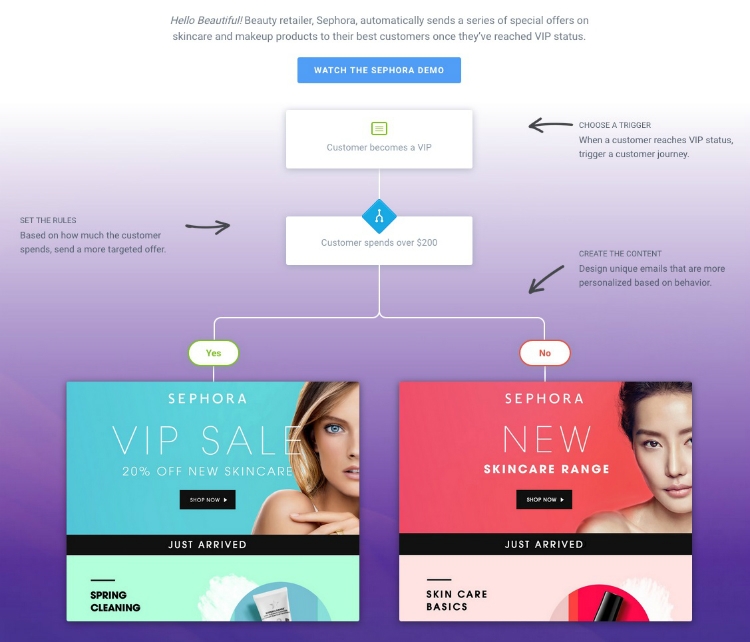
Email marketing is not dead. It is and will remain to be a powerful digital marketing channel that will help you find new customers, engage existing ones, communicate with your target audience, share content, and raise brand awareness.
What’s more – email marketing is inexpensive which makes it an ideal advertising approach for small and mid-sized businesses.
To ensure the best results, focus on personalizing your emails by setting up preferences and segmenting your list. And don’t forget to make your campaigns interactive. This way, you can send targeted campaigns that will bring you closer to your customers, promote your brand, and generate more conversions.
Author
Mike Austin is a marketing and creative content specialist at Adrack.com and working in the Digital Marketing industry since 2009. As a conversion-driven marketer, he is passionate about helping businesses expand their online visibility and reach their goals.


